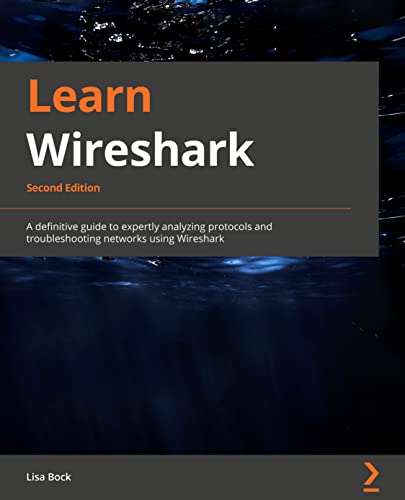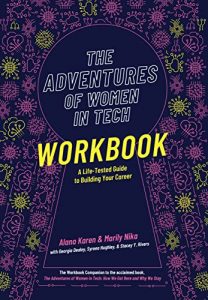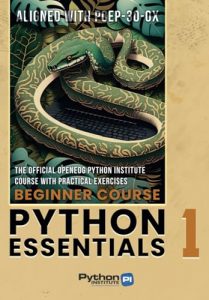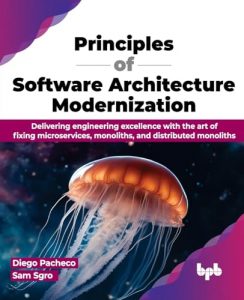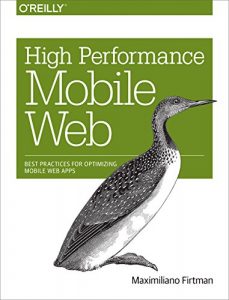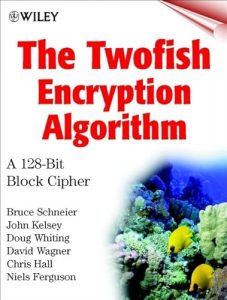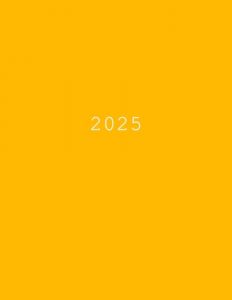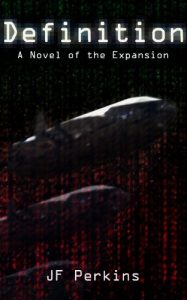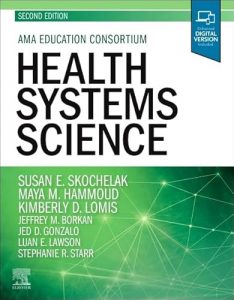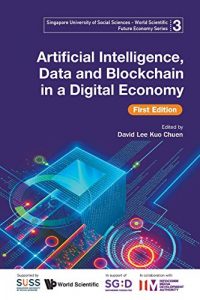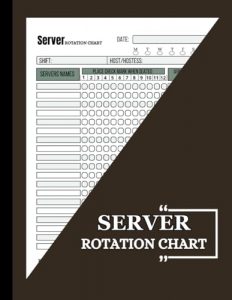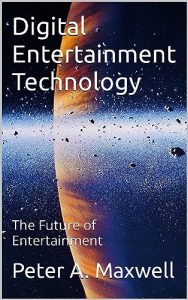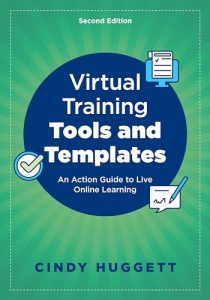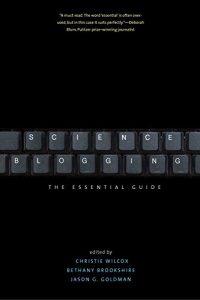Top 10 Must-Read Books for Networking and Coding Enthusiasts
In today’s fast-paced tech world, staying updated with the latest knowledge in networking, coding, and data analysis is crucial. Whether you’re a beginner or a seasoned expert, these carefully selected books are valuable resources that every tech enthusiast should explore.
1. Learn Wireshark: A definitive guide to expertly analyzing protocols and troubleshooting networks using Wireshark, 2nd Edition
This book by Lisa Bock is an essential read for anyone involved in network management and security. It provides a comprehensive guide to using Wireshark, a powerful tool that allows users to capture and analyze network traffic with precision. This edition includes updated content reflecting the latest version of Wireshark and offers practical examples to enhance learning. The thorough instructions and real-world applications prepare users to tackle any network troubleshooting task effectively. From analyzing protocols to understanding packet structures, this book transforms readers into Wireshark experts.
2. Exploring Graphs with Elixir: Connect Data with Native Graph Libraries and Graph Databases
Written by Tony Hammond, this book delves into the fascinating world of graph data structures using Elixir. It emphasizes the significance of graphs in data representation and manipulation, making it a must-read for data scientists and software developers. By exploring native graph libraries and databases, readers will learn how to leverage the power of Elixir to perform complex data relationships seamlessly. The hands-on exercises throughout the book provide practical skills that can be applied directly to real-world situations in data analytics.
3. Brain-Computer Interfaces: Programming Real-Time Neural Interaction Systems With Python
Jamie Flux’s insightful book takes a groundbreaking look at the convergence of neuroscience and technology through brain-computer interfaces (BCIs). Aimed at programmers and tech enthusiasts, it provides detailed insights into the underlying technologies and programming techniques used to develop BCI systems with Python. With the discussions of real-time data processing and interaction, this book is a treasure trove for anyone interested in cutting-edge technology and its applications in both the life sciences and computing.
4. TCP/IP Protocol Analysis for Beginners: A Student’s Introduction and Supplemental Guidebook
James Wemette’s book simplifies the TCP/IP protocol suite, making it accessible for beginners and students. This guide not only covers the foundational concepts but also offers practical exercises and scenarios to enhance comprehension. Understanding TCP/IP is crucial for anyone pursuing a career in IT, and this book fills the gap with clear explanations and thorough illustrations. For those beginning their journey in computer networking, this is an ideal primer.
5. Microsoft® Windows Server® 2003 TCP/IP Protocols and Services Technical Reference
For IT professionals looking to deepen their understanding of Windows Server and TCP/IP, this technical reference by Joseph Davies and Thomas Lee is indispensable. Despite being published in 2003, the foundational protocols discussed remain relevant. This comprehensive resource provides insights into the configuration and management of TCP/IP on Windows Server, ensuring that readers can effectively manage networking tasks within this environment.
6. Graph Paper Composition Notebook: Quad Ruled 4×4, Grid Paper
This handy notebook is perfect for students, engineers, and anyone who appreciates structure in their work. Designed with quad-ruled pages, it provides an ideal canvas for mathematical and scientific endeavors. With ample pages and a practical size, it makes for an excellent companion in classrooms and laboratories alike. It is a great tool for planning or sketching out graph-related projects and calculations.
7. Advanced Fractal Graph Theory and Applications
This profound exploration of fractal graph theory by P. Tharaniya and colleagues dives deep into advanced concepts that intersect mathematics and real-world applications. It is a must-read for researchers and graduate students who seek to incorporate fractal analysis into their work. Addressing both theoretical and practical elements, it broadens one’s understanding of how fractals can play a role in various scientific fields, thus fueling innovative approaches to problem-solving.
8. A Protocol-theoretic Framework for the Logic of Epistemic Norms
Ralph Jenkins leads readers through a clever synthesis of protocol theory and epistemology in this intellectually rigorous book. It is suited for scholars and advanced students interested in the application of logic to social knowledge systems. By examining epistemic norms, the book contributes to the broader discussions in both philosophy and computer science, adding depth to how communication is structured through protocols.
9. THE GRAPHS AND C++ LANGUAGE APPLIED TO ROUTING PROTOCOLS
In this informative work, Sebastiano Torre harnesses the power of C++ and graph theory to explain packet routing in computer networks. It serves as a practical guide for computer science students and professionals who wish to comprehend the intricacies of routing protocols. The emphasis on C++ applications makes this book an essential reference for anyone looking to apply theoretical knowledge to real-world scenarios.
10. Day-by-Day Math Thinking Routines in Fifth Grade
Nicki Newton’s engaging book serves as an invaluable resource for educators. It offers a year’s worth of carefully structured math activities tailored for fifth graders, encouraging critical thinking and problem-solving. The prompts are designed to seamlessly weave mathematics into daily learning, providing teachers with tools to foster a collaborative and stimulating environment in the classroom.

